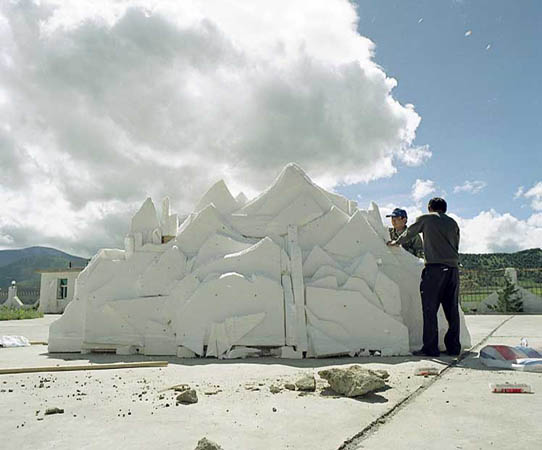Shangri-La
- Film & Video (Film & Video)
40 min
Patty Chang
The video “Shangri-La” refers to the mythical city of James Hilton’s novel “Lost Horizon” written in 1933 and is exemplified in a film by Frank Capra which speaks of eternal youth in a city of happiness. In 1997, a small town in an agricultural region of central China near the Tibetan border was proclaimed as the place that inspired Shangri-la. Thereafter, a dozen other cities in the same area have claimed to be paradise on earth, prompting a marketing battle without mercy, raging on until the government’s intervention. The mirror used to build the model of the mountain is highly symbolic and often appears in the work of the artist. In literature and art, it represents the transition between reality and the dream world composed of projections and desires. Chang’s work focuses on the reality and fiction inherent in an existing space in both its concrete embodiment and its myth. She explores the idea of a real journey to an imaginary place. This work exposes contradictions: the search for a city’s roots and traditions leads to a falsification of its history, and cultural conflicts inside of touristic and financial goals.
When she arrived in New York in the mid 1990s, Patty Chang became involved in the performance scene. Staging her own body in intensely difficult situations enables her to denounce problems she observes in contemporary society such as various excessive behaviors like eating disorders, as well as the sex trade, gender and cultural stereotypes, identity issues. Soon, she also used video and photography (like the Contortion series 2000-2002) to document her actions and extend her practice. By appropriating cinematic conventions, popular culture, pornography, literature and translation, Chang ceaselessly explores and subverts historical and current relations between East and West. Patty Chang was born in San Leandro, California, in 1972. She lives and works in New York.
Colors:
Related works featuring themes of: » Body Parts, » Color Photography, » Consumerism, » Contemporary Grotesque, » American

© » KADIST
Wong Wai Yin
2021Drawn from the widely circulated images of protests around the world in support of women rights and racial equality, the phrase I can’t believe we are still protesting is both the title of Wong Wai Yin’s photographic series and a reference to similar messages seen on protest signages...

© » KADIST
Bjorn Copeland
2009Sign #1 , Sign #2 , Sign #3 were included in “Found Object Assembly”, Copeland’s 2009 solo show at Jack Hanley Gallery, San Francisco...

© » KADIST
Qiu Anxiong
2011A Portrait: Covering and Cleaning is an installation of six black-and-white video projections...

© » KADIST
John Houck
2013Houck’s Peg and John was made as part of a series of photographic works that capture objects from the artist’s childhood...

© » KADIST
Mungo Thomson
2008The White Album (2008) presents a compilation of one hundred issues of Artforum magazine released between 1970 and 1979...

© » KADIST
Walead Beshty
2012Constructed out of metal or glass to mirror the size of FedEx shipping boxes, and to fit securely inside, Walead Beshty’s FedEx works are then shipped, accruing cracks, chips, scrapes, and bruises along the way to their destination...
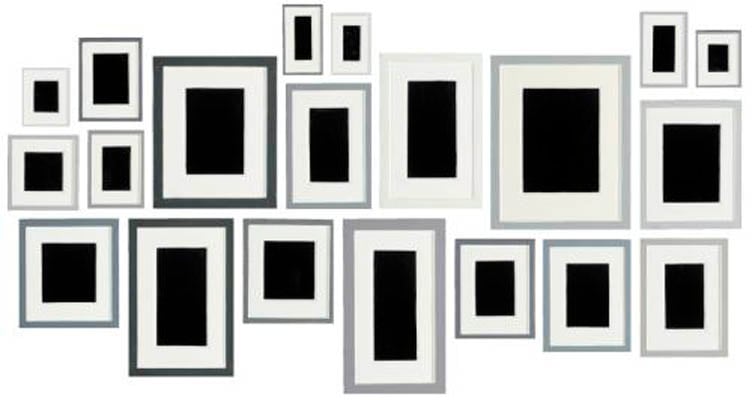
© » KADIST
Allan McCollum
1982In the work titled The Glossies (1980), an affinity for photography manifested itself before McCollum actually began to use photography as a medium...
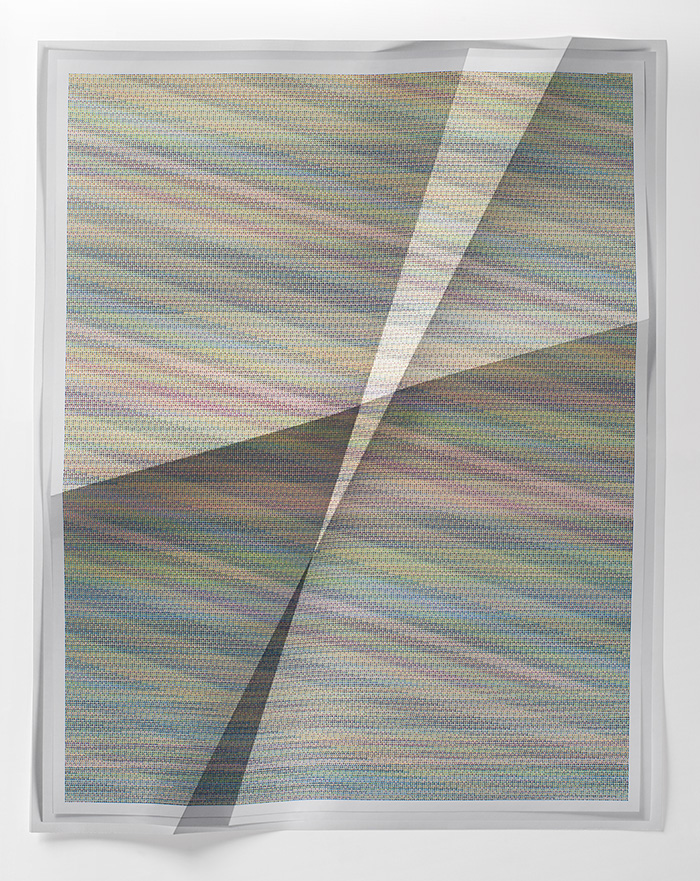
© » KADIST
John Houck
2013Untitled #242 is part of Houck’s Aggregates Series, which uses digital tools to manipulate chosen sets and pairs of colors, creating colorful index sheets, bathed in colors and lines...

© » KADIST
Wolfgang Tillmans
2017Wolfgang Tillmans initiated the ongoing series Faltenwurf in 1989, representing compositions of unused clothing, with special attention paid to the ways in which they drape and fold...

© » KADIST
Elad Lassry
2013In establishing a deliberate distance between viewer and subject, Lassry raises questions about representation itself and how all portraits are, in effect, fully constructed objects that only gain meaning once we ascribe them with our own personal associations and emotions...

© » KADIST
Shilpa Gupta
2008The three monkeys in Don’t See, Don’t Hear, Don’t Speak are a recurring motif in Gupta’s work and refer to the Japanese pictorial maxim of the “three wise monkeys” in which Mizaru covers his eyes to “see no evil,” Kikazaru covers his ears to “hear no evil,” and Iwazaru covers his mouth to “speak no evil.” For the various performative and photographic works that continue this investigation and critique of the political environment, Gupta stages children and adults holding their own or each other’s eyes, mouths and ears...
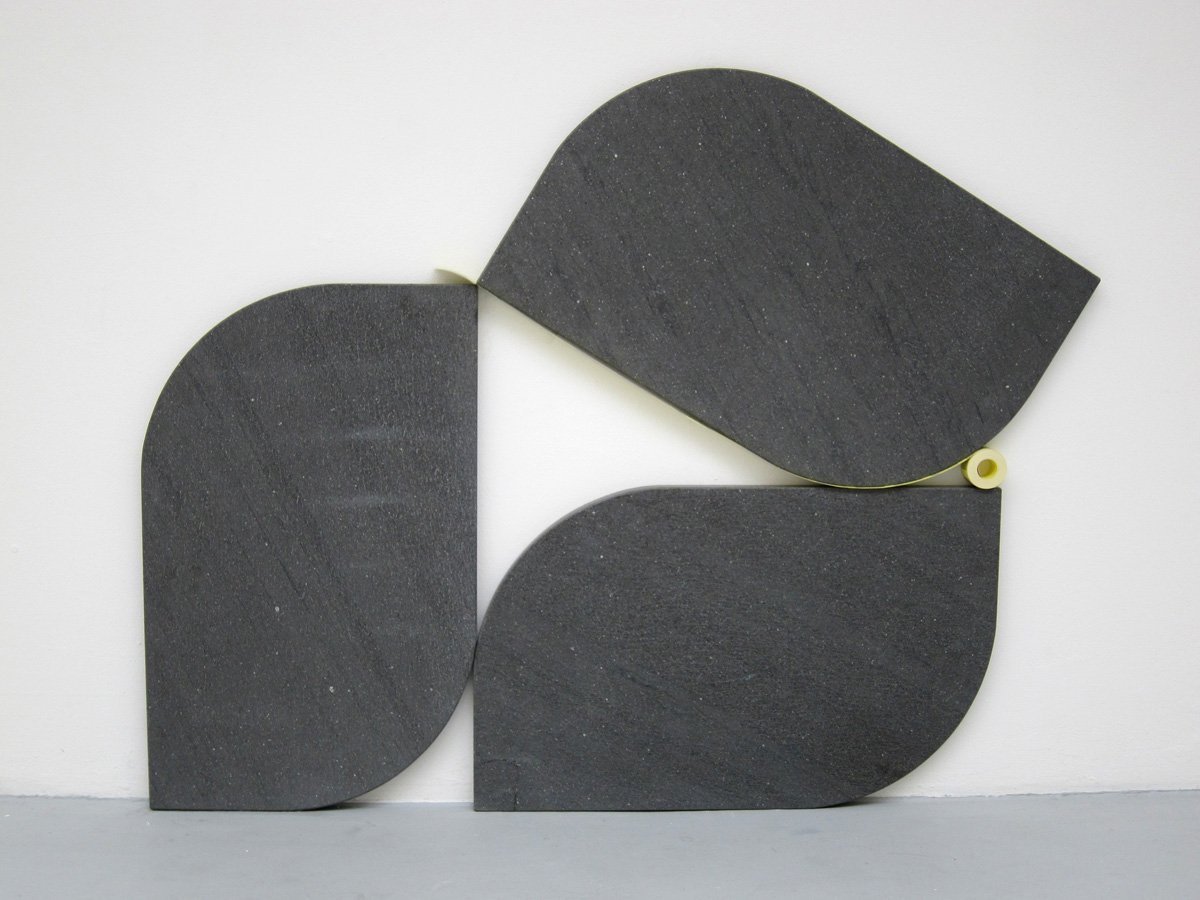
© » KADIST
Gabriel Kuri
2010Gabriel Kuri has created a series of works in which he juxtaposes perennial and ephemeral materials...

© » KADIST
Cildo Meireles
1975Meireles, whose work often involves sound, refers to Sal Sem Carne (Salt Without Meat) as a “sound sculpture.” The printed images and sounds recorded on this vinyl record and it’s lithographed sleeve describe the massacre of the Krahó people of Brazil...
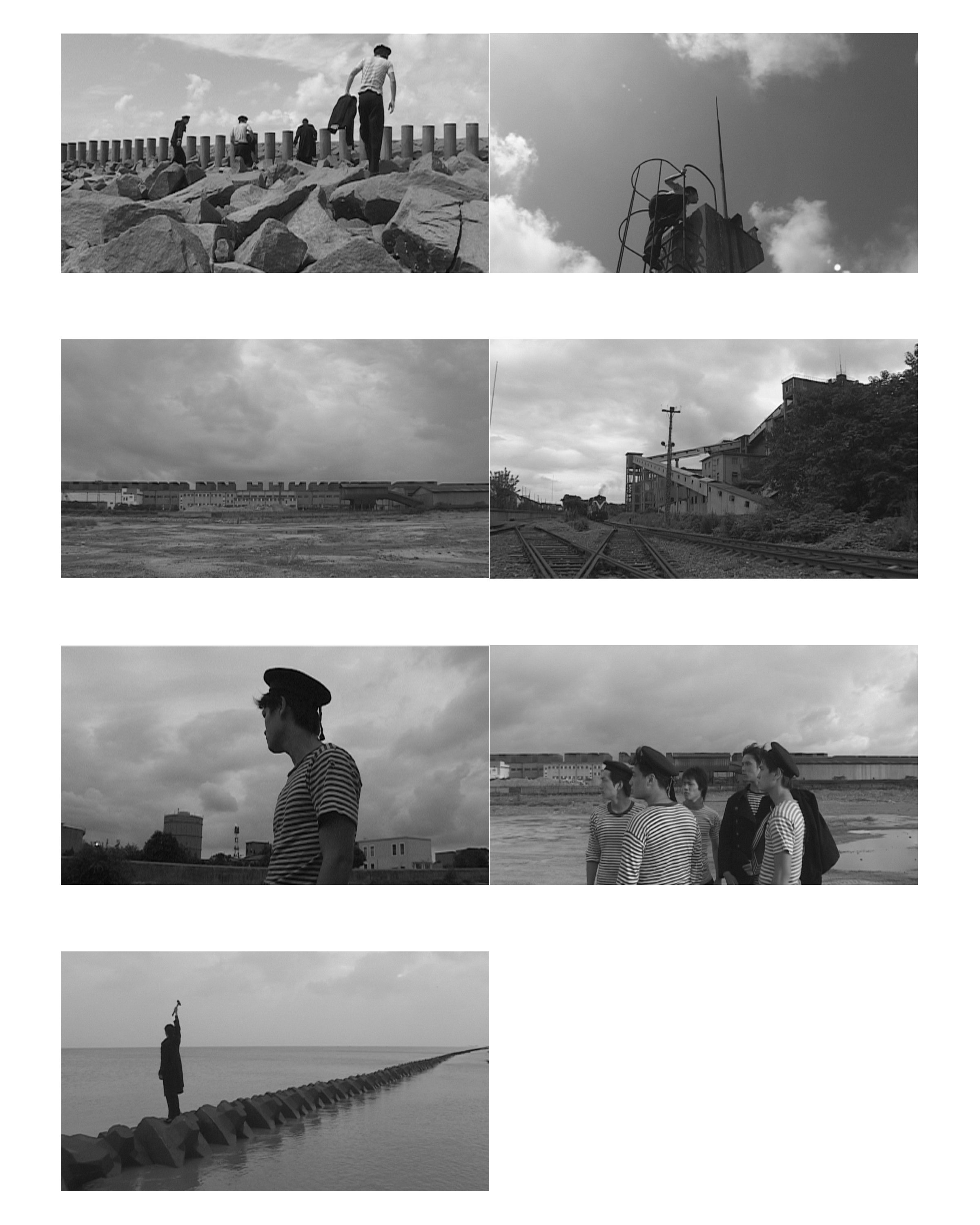
© » KADIST
Lu Chunsheng
2004A mesmerizing experience of a vaguely familiar yet remote world, History of Chemistry I follows a group of men as they wander from somewhere beyond the edge of the sea through a vast landscape to an abandoned steel factory...

© » KADIST
Luisa Lambri
2007Rudolph Schindler’s designs, part of a practice he called “Space Architecture,” marry interior with exterior and space with light...
